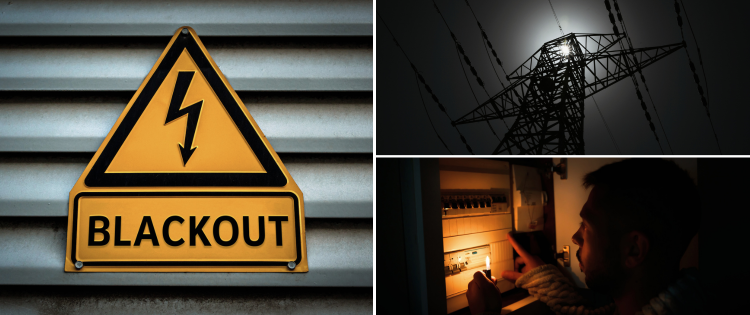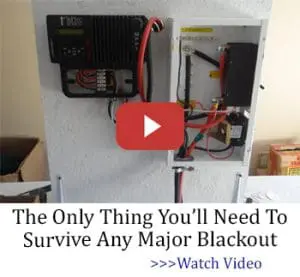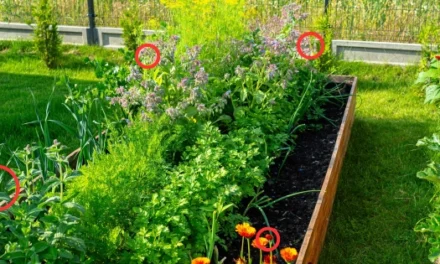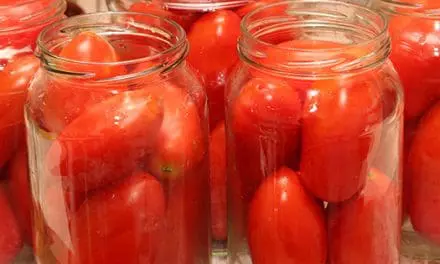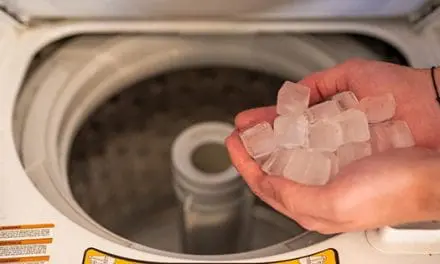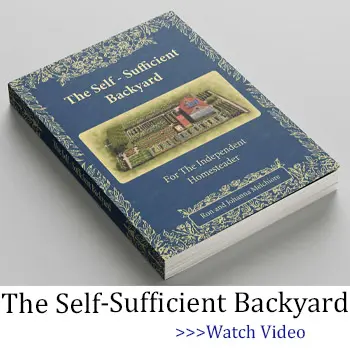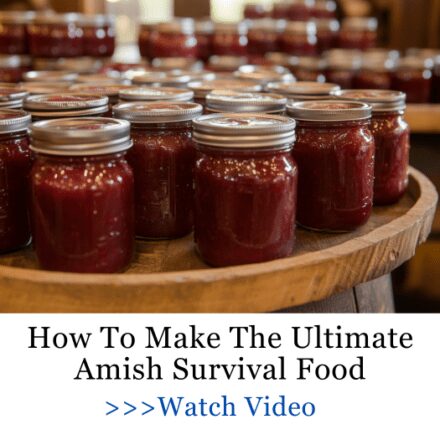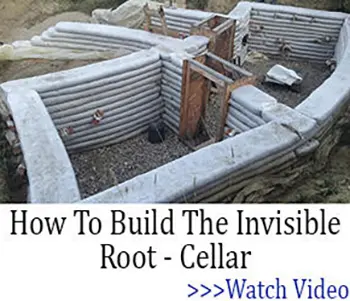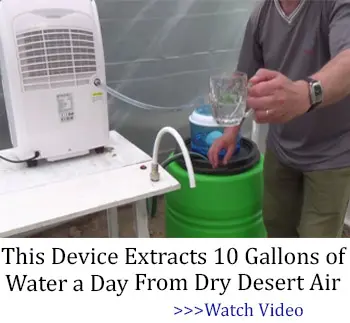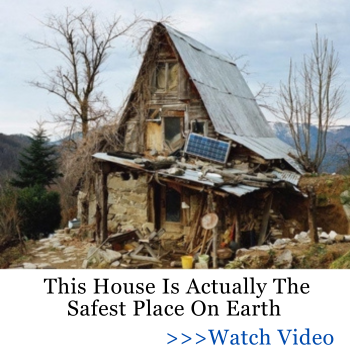When the grid fails, your homestead’s survival hinges on powerless items, not wishful thinking.
Got any?
You better.
I’m not talking about hoarding batteries like city preppers.
I’m talking of these items that’ll get you through the chaos:
DIY Brick Rocket Stove
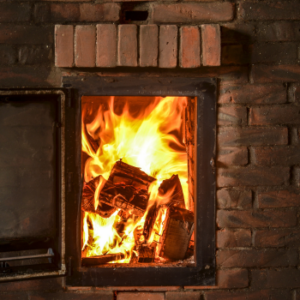
A rocket stove’s secret? Secondary combustion. Build the combustion chamber with 8 firebricks (4.5” x 9” x 1.5”) stacked vertically, leaving a 2” gap at the base for airflow.
Feed dry hardwood sticks (1” diameter) into the feed tube—the intense draft gasifies the wood, creating a blue flame core at 1,200°F.
I’ve simmered bone broth for 6 hours on mine using just 15 sticks of oak.
For stability, line the interior with refractory mortar (withstands 2,000°F) and cap it with a steel plate. Be sure to place a 6” section of stovepipe atop the chamber to direct smoke away from your face.
Manual Water Pump
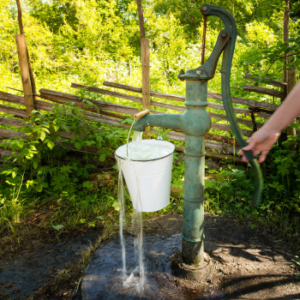 If you have a well, a Simple Pump (Model SP-24) will be a game-changer for you. This stainless-steel piston pump can pull 3 gallons per minute from depths up to 325 feet, even with a static water level at 200 feet.
If you have a well, a Simple Pump (Model SP-24) will be a game-changer for you. This stainless-steel piston pump can pull 3 gallons per minute from depths up to 325 feet, even with a static water level at 200 feet.
During a 2020 ice storm, I pumped 60 gallons in 20 minutes to fill bathtubs for flushing toilets—no electricity, just elbow grease. The secret?
Its dual-valve system prevents backflow, and the brass cylinder withstands mineral-heavy water without corroding. For shallow wells (under 100 feet), the Bison Deep Well Hand Pump ($1,200) uses a galvanized steel rod and leather seals that last 20+ years if greased annually with neatsfoot oil. Something else I recommend is to try this off-grid DIY water generator that turns air into water.
Rechargeable Solar Lanterns
Solar lanterns are lifelines when the sun dips and the grid dies. After testing seven models over three winters, I’ve found that solar panels with monocrystalline photovoltaic cells (like those in Biolite’s SunLight) charge 20% faster in overcast conditions compared to polycrystalline alternatives.
Position lanterns at a 45-degree angle on south-facing surfaces to maximize UV absorption, even on cloudy days.
If you’re in a rainy climate, opt for units with IP65 waterproof ratings (e.g., MPOWERD Luci Lux). These survive monsoon-level downpours and still deliver 60 lumens for 18 hours.
Make sure you hang your lantern near white walls or ceilings to amplify light diffusion. It can brighten a 12×12 ft room enough to dice vegetables or mend tools.
Emergency Candles
Store-bought candles often underdeliver. However, a DIY blend of 60% beeswax and 40% coconut oil creates a slow-burning, drip-free fuel that outperforms paraffin.
I pour mine into wide-mouth quart jars with flat-braid cotton wicks (0.5 inches thick), which burn 15% slower than standard wicks. Add 10 drops of citronella oil per pound of wax to repel moths if you’re using these in screenless summer windows.
During a 2021 ice storm, one of my 4-inch-diameter candles lit my kitchen for 92 hours straight. Always cure candles for 48 hours post-pour—this prevents tunneling and ensures an even 8-hour-per-inch burn rate.
Cast-Iron Skillet and Griddle for Open Flame Cooking
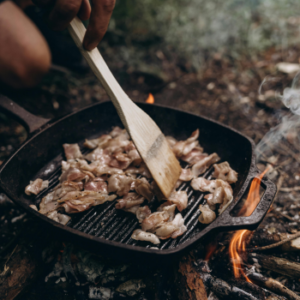 Cast iron isn’t just durable—it’s a heat battery. My 10-inch Griswold skillet, a flea-market find, holds 450°F for 20 minutes after being pulled from coals, letting me sear steak and bake ash cakes in succession. For homesteaders, 3/8-inch-thick cast iron heats evenly, while thinner pans warp over flames.
Cast iron isn’t just durable—it’s a heat battery. My 10-inch Griswold skillet, a flea-market find, holds 450°F for 20 minutes after being pulled from coals, letting me sear steak and bake ash cakes in succession. For homesteaders, 3/8-inch-thick cast iron heats evenly, while thinner pans warp over flames.
Season with grapeseed oil (higher smoke point than vegetable oil) in a 500°F oven for 1 hour to create a polymerized layer that resists acidic foods like tomato sauce. During a blackout, I’ve used mine as a makeshift griddle by propping it on two cinderblocks over embers, frying 12 eggs in 8 minutes.
Pair it with a camp Dutch oven—1 inch of hot coals beneath and 2 inches on the lid mimics a 350°F oven, perfect for sourdough boules.
The Amish people will not know if there’s a big blackout, because they already thrive in their off-grid life. Inside this guide you’ll find tons of inspiration for cooking without power and a lot more on living a self-sufficient life.
DIY Clay Pot Heater with Tea Lights
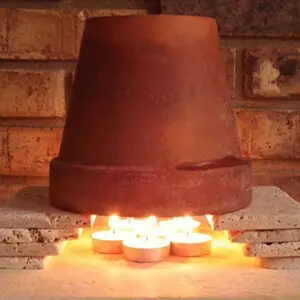 Physics nerds rejoice: This setup exploits the Stefan-Boltzmann law, where radiant heat output scales with temperature to the fourth power.
Physics nerds rejoice: This setup exploits the Stefan-Boltzmann law, where radiant heat output scales with temperature to the fourth power.
In simple terms, this setup uses basic physics to amplify heat from tea lights into a survival-grade heater.
Start with two unglazed terracotta pots: nest a 6-inch pot inside an 8-inch pot, propped apart by three steel nuts to create a half-inch air gap between them.
Drop four beeswax tea lights into the base of the larger pot—they burn cleaner than paraffin and won’t smoke up your space.
When lit, the candles heat the inner pot to 200°F. Trapped heat radiates outward through the clay, leveraging a principle where even small temperature jumps massively boost warmth output.
Four candles generate 500 BTUs, but the design squeezes out 1,100 BTUs—enough to bump a 10×12-foot shed from 45°F to 60°F in two hours.
Related: How A Homesteader Should Prepare For A Blackout
For safety, crack a window. Each candle gobbles a bit of oxygen hourly, and poor ventilation risks suffocation. Avoid placing it near tarps or dry hay. If steel nuts overheat, swap them for ceramic spacers—they’re cheap and won’t conduct as much heat.
This rig isn’t just for sheds, you can use it to keep chicken coops frost-free during cold snaps. Just don’t expect it to replace a wood stove—it’s a stopgap, but a clever one when the power’s out.
Collapsible Water Storage Containers
Reliance Aqua-Tainer 7-gallon jugs aren’t just portable—they’re fortress-tough. Made from PET plastic (BPA-free), they survived being tossed from my truck bed during a supply run.
Their screw-top vent cap lets you pour without glugging, and the recessed handles fit ATV cargo racks. During a drought, I filled 18 containers (126 gallons total) in 45 minutes using a 3/4-inch siphon hose from my pond.
Store them fully and rotate them every 6 months; sunlight degrades plastic polymers, leaching antimony over time. For subzero temps, leave 2 inches of headspace and wrap containers in Reflectix insulation—water freezes outward, preserving the container’s integrity.
Wool Blankets and Layered Bedding During Winter
 Wool’s magic lies in its fibers, which absorb 30% of their weight in moisture without feeling damp, making it indispensable if you’re in humid climates.
Wool’s magic lies in its fibers, which absorb 30% of their weight in moisture without feeling damp, making it indispensable if you’re in humid climates.
My Icelandic lopapeysa sweater kept me dry during a sleet storm while tending to frozen livestock. For bedding, layer a wool army blanket over a down-alternative comforter, then top with a tightly woven linen duvet cover to block drafts.
Heavy Curtains or Blankets for Windows
Single-pane windows hemorrhage heat very fast when it’s 0°F outside.
Combat this with twin-pocket insulated curtains—sew two layers of ThermoPlus thermal fabric with a 1” gap filled with shredded denim insulation. For a no-sew fix, hang emergency sleeping bags with binder clips.
Hand-Crank Radio
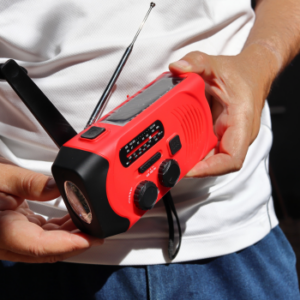 A $70 Midland ER310 Emergency Crank Radio is your early-warning system. During chaos, it’ll give you the updates and alerts you need to survive.
A $70 Midland ER310 Emergency Crank Radio is your early-warning system. During chaos, it’ll give you the updates and alerts you need to survive.
The lithium battery charges fully with 90 seconds of cranking, powering its LED flashlight for 15 hours, or charging a dead phone via USB.
I used to use cheaper models like the Eton FRX2 which had plastic gears stripped after 20 cranks, but Midland’s stainless-steel crank mechanism survives grit, mud, and panic-induced spins.
Tune to 162.550 MHz for storm updates and store the radio in a Faraday cage to block EMPs from lightning strikes. There is a lot of info about that in here, along with other 70 ingenious projects to survive a world without electricity.
Final Thoughts
Blackouts don’t care about your plans.
They demand preparation. After experiencing several outages in our homestead, here’s the no-nonsense truth I’ve learned:
When the lights die, your sweat pays off.
No drama, no panic—just a stocked survival kit, tested skills, and the resolve to outwork the dark. So which essential item did I forget to add?
Please leave a comment below because I’d love to hear from you.
You may also like:
DIY Cowboy Cough Syrup with Whiskey
Survival Items You Need but Never Heard About (Video)
Cow Raising Mistakes That Even the Most Advances Homesteaders Make

